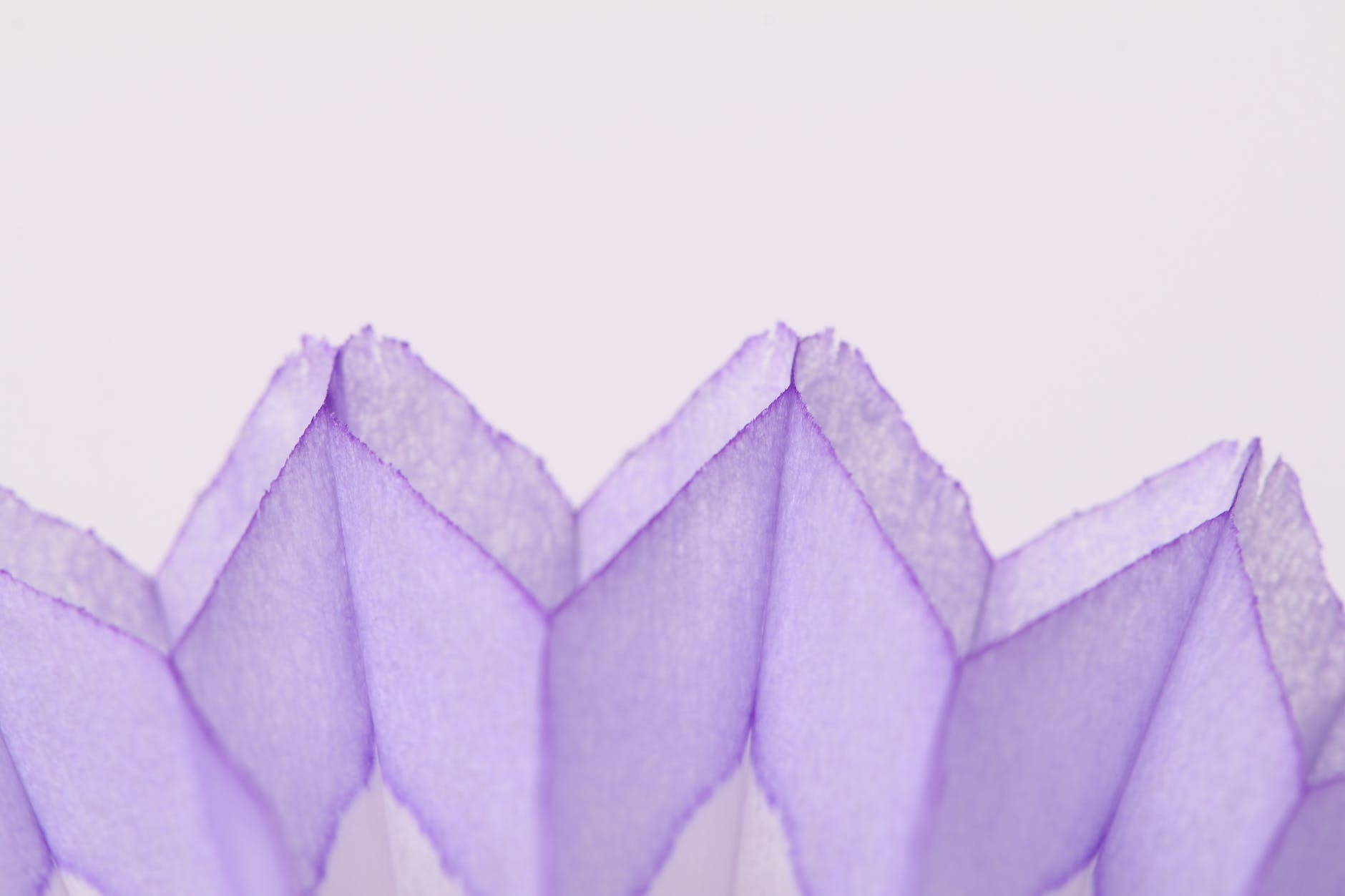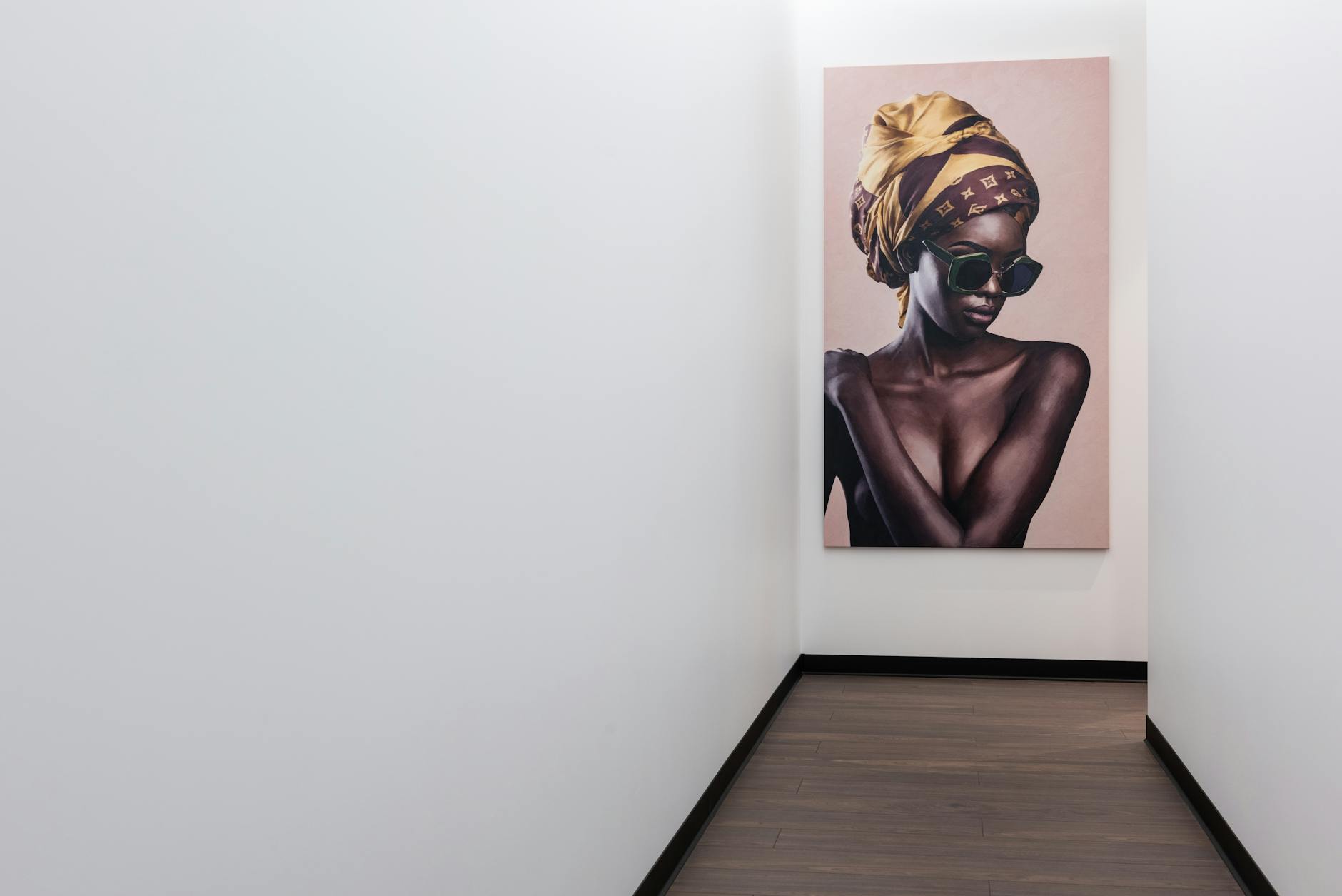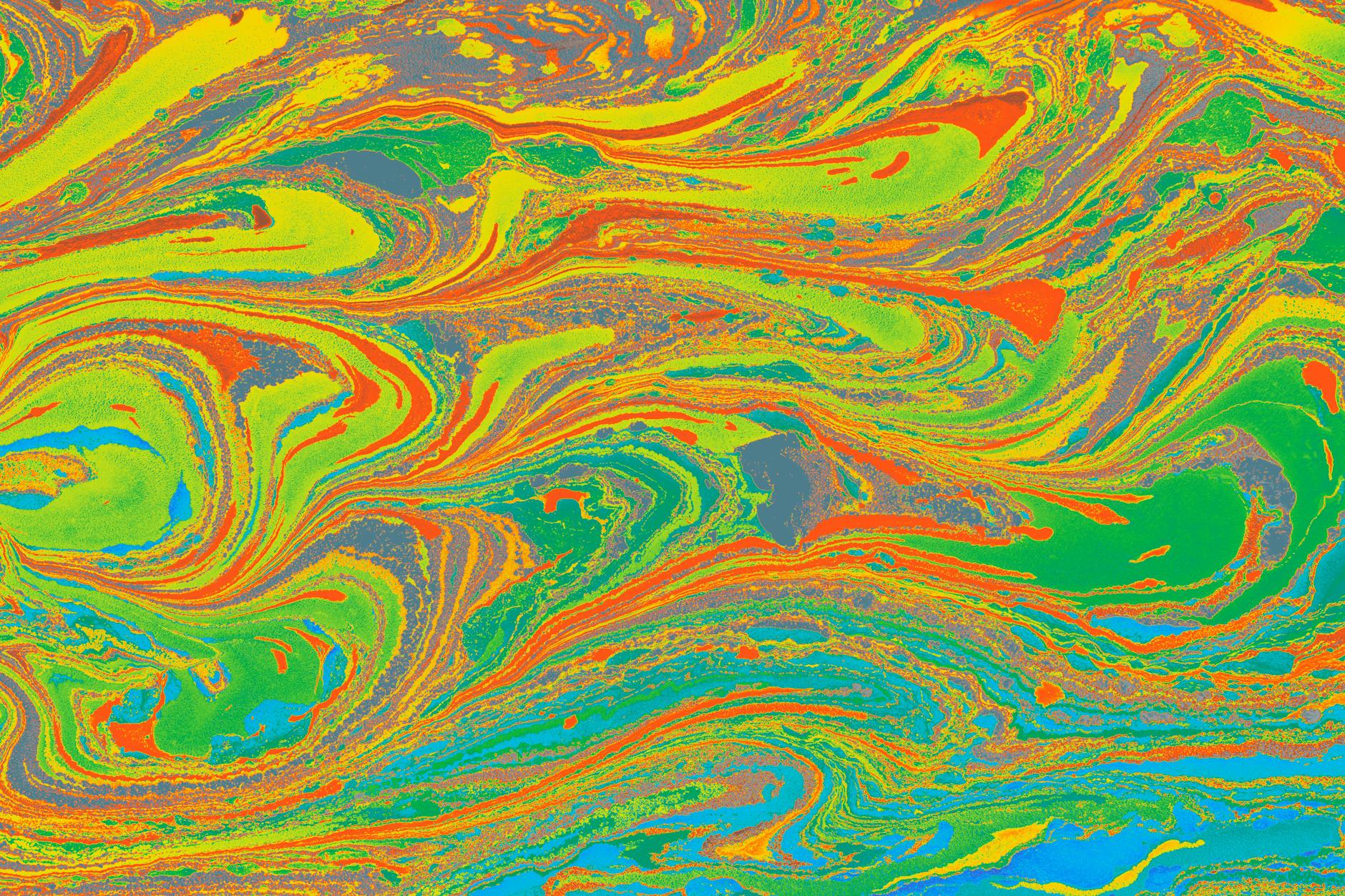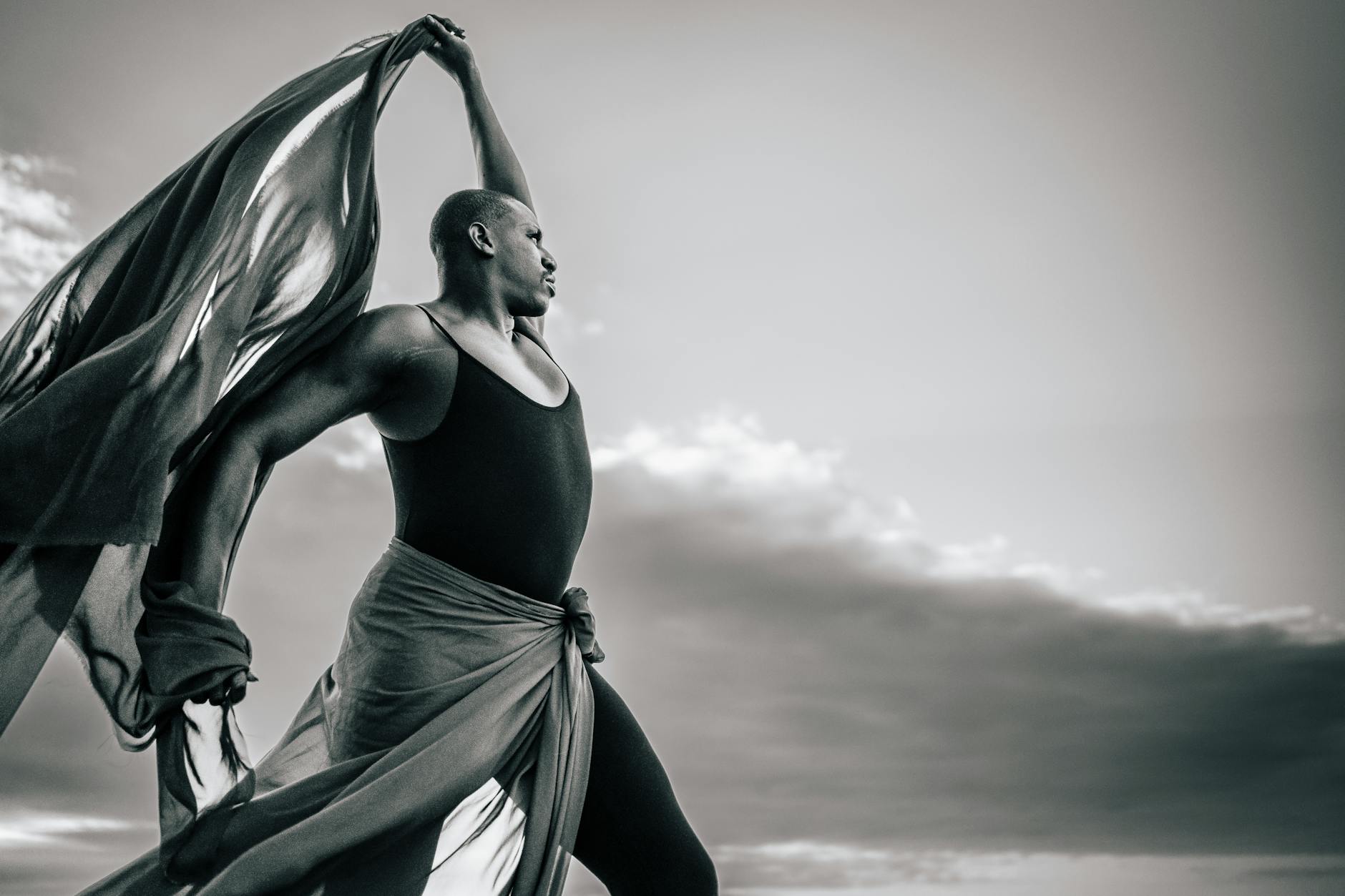Art is a dynamic field, forever evolving and encompassing an ever-changing palette of styles, medium and messages. One such unique branch of artistic creation is the world of psychedelic art movements, born from the influence of altered states of mind. It encompasses many spectacular sub-genres including surrealism, visionary art, and digital psychedelia, among others.
The roots of psychedelic art can be traced back to the surrealism movement of the early 20th century. The advent of surrealism represented a significant departure from traditional art forms, introducing themes of dream-like fantasy, irrational thought, and non-sequitur scene compositions. It was a radical shift towards representing the subconscious mind, a concept that would later heavily influence the psychedelic art movements.
Biting upon the surrealists’ curiosity of the mind’s unexplored realms, visionary art emerged as another fascinating sub-genre. Visionary art portrays transcendental experiences and consciousness-expanding journeys, often inspired by shamanistic traditions, psychedelics, and mystical states of mind. This form of art strived to capture experiences beyond our normal perception, plunging into the abstract realms of the psyche.
In the mid-60s, psychedelic art received a significant boost through its association with the psychedelic rock movement. Psychedelic rock art made its mark through its vibrantly colorful and distorted graphic design on album covers and concert posters. Prominent bands like The Grateful Dead and The Beatles incorporated this style into their imagery, thereby introducing it to a vast, international audience.
The advent of computers later breathed new life into the genre, giving birth to digital psychedelia. Artists began to use digital tools to create mind-bending patterns, heavily distorted and luminous images that pulsated with vibrant colors. Fractal art, a sub-category of digital psychedelia, used mathematical algorithms to create complex, infinitely repeating patterns, giving a mesmerising visual representation of chaos theory.
Other forms of psychedelic art were deeply embedded within popular culture. Pop art heavily incorporated psychedelic elements, and artists such as Peter Max and Victor Moscoso used bold, contrasting colors, abstract patterns, and comic strip inspired aesthetics to create fascinatingly surreal art pieces.
Simultaneously, optical art, another sub-genre of psychedelic art, made waves with its sharp, contrasting colors that created the illusion of movement, pulsation, and vibration. Its most famous proponents, such as Bridget Riley invested heavily in the system and theory behind their craft to create hypnotic visual experiences.
Even farther out into the abstract sphere, there is cosmic art, typically characterized by its incorporation of outer space and galactic themes. Reflecting mankind’s fascination with the universe, it often exhibited vividly colored, luminescent representations of celestial bodies and astronomical phenomena. Delivering a sense of transcendence and magnitude, it forms a potent branch of abstract expressionism.
Psychedelic art movements offer a remarkable exploration of human consciousness and perception. Transcending the physical realm, these art forms probe the farthest reaches of our imagination, invoking awe, introspection, and occasionally, delightful confusion. Their potency lies in their ability to remind us, as only true art can, of the boundless beauty and complexity of the human mind.








